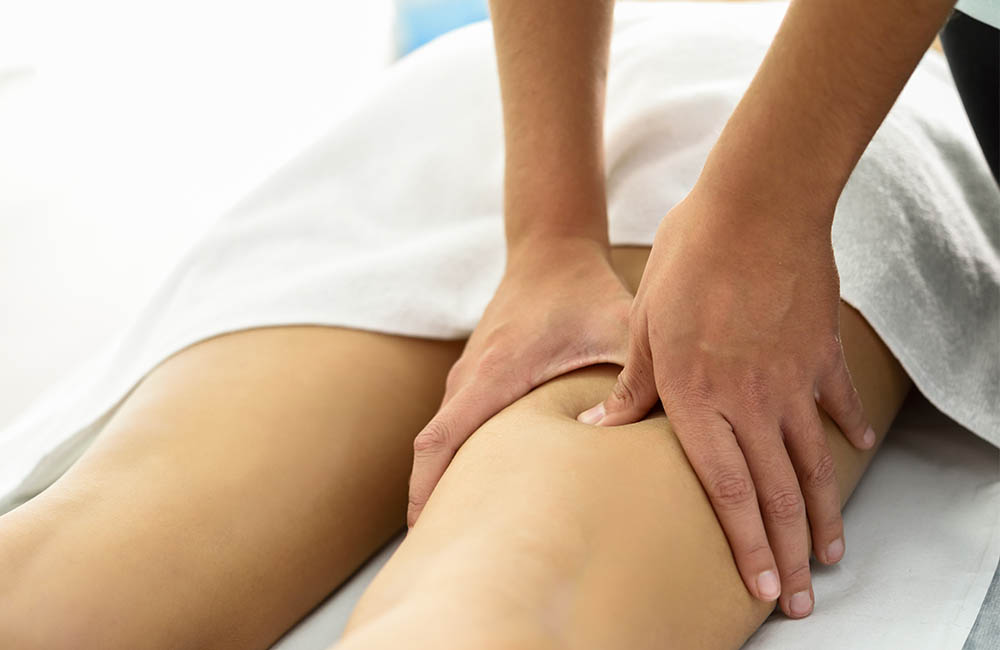
How to avoid that dreaded Groin Injury
How to avoid that dreaded Groin Injury. For any sports person who has been unfortunate enough to suffer a groin pull or strain, they will know how painful it is.
The dreaded groin pull is the result from putting too much stress or pressure on the muscles in your groin and thigh area.
If the muscle is tense and forced pressure applied suddenly, then they can become over-stretched or even worse, torn.
Groin pulls are a common factor in sports women and men of today who play sports that require lots of physical jumping or running.
Jumping suddenly or change of direction are the most likely cause of groin damage.
A groin pull often appear in people who regularly play GAA, Hurling or soccer with most physical contact sports recording injuries to players.
What are the symptoms of a Groin Pull or injury?
Here are some of the most common symptoms of a groin pull
- Severe pain and tenderness in the groin and the inside of the thigh
- Pain when you bring your legs together
- Sore pain when you raise your knee
- A popping or snapping feeling during the injury, followed by severe pain
Based on the type of groin injury, they are often separated and categorised into three degrees of severity:
- 1st degree: Mild pain, but little loss of strength or movement
- 2nd degree: Moderate pain, mild to moderate strength loss and some tissue damage
- 3rd degree: Severe pain, severe loss of strength and function due to a complete tear of the muscle
To diagnose a groin pull, your doctor will give you a thorough physical exam.
Tests like X-rays and MRIs (magnetic resonance imaging) may be needed to rule out other problems.
How to treatment for a Groin injury?
Thankfully, a groin pull or strain will normally heal on its own.
All that is required and recommended is for you allow adequate time to rest.
To help speed up the process in healing, you can try the following
- Apply ice to the inside of your thigh. This will reduce the pain and swelling. Medical experts recommend doing it for 20 to 30 minutes every 3 to 4 hours for 2 to 3 days, or until the pain is gone.
- Compress your thigh by applying an elastic bandage or tape.
- Take anti-inflammatory painkillers. Non-steroidal anti-inflammatory drugs like ibuprofen and naproxen, may help you cope with pain and reduce swelling.
Treat with care
- Some studies have shown that their effects are controversial especially if taken long-term, These drugs may to have side effects and should only be used only occasionally unless your doctor specifically says otherwise.
- Note that any intake of drugs for any treatment must only be taken if you are over 18 and subscribed by a qualified medical expert.
- Drink plenty of water. Hydration is a major factor and key role in any fitness and well-body being. It’s recommended that you drink a minimum of 4 pints of water a daily to keep your body hydrated.
Look after yourself
To help assist tissue healing, your medical advisor or physiotherapist will provide you with a guide of instructions to help you overcome this injury.
This may involve active strengthening exercises.
Based on your grade of injury, it will allow you to start immediately. It could require several down time of days to rest.
Pain is used as a guide you’re your attempt to apply pressure aggressively then you could further damage the muscles.
Whatever sports injury you may suffer, rest is vital and give your body time and muscles the time it needs to heal.
Every person’s body is diffrent and responds to treatment differently. Sports are to be enjoyed so look after your body and give it the respect it deserves.
How to avoid that dreaded Groin Injury
